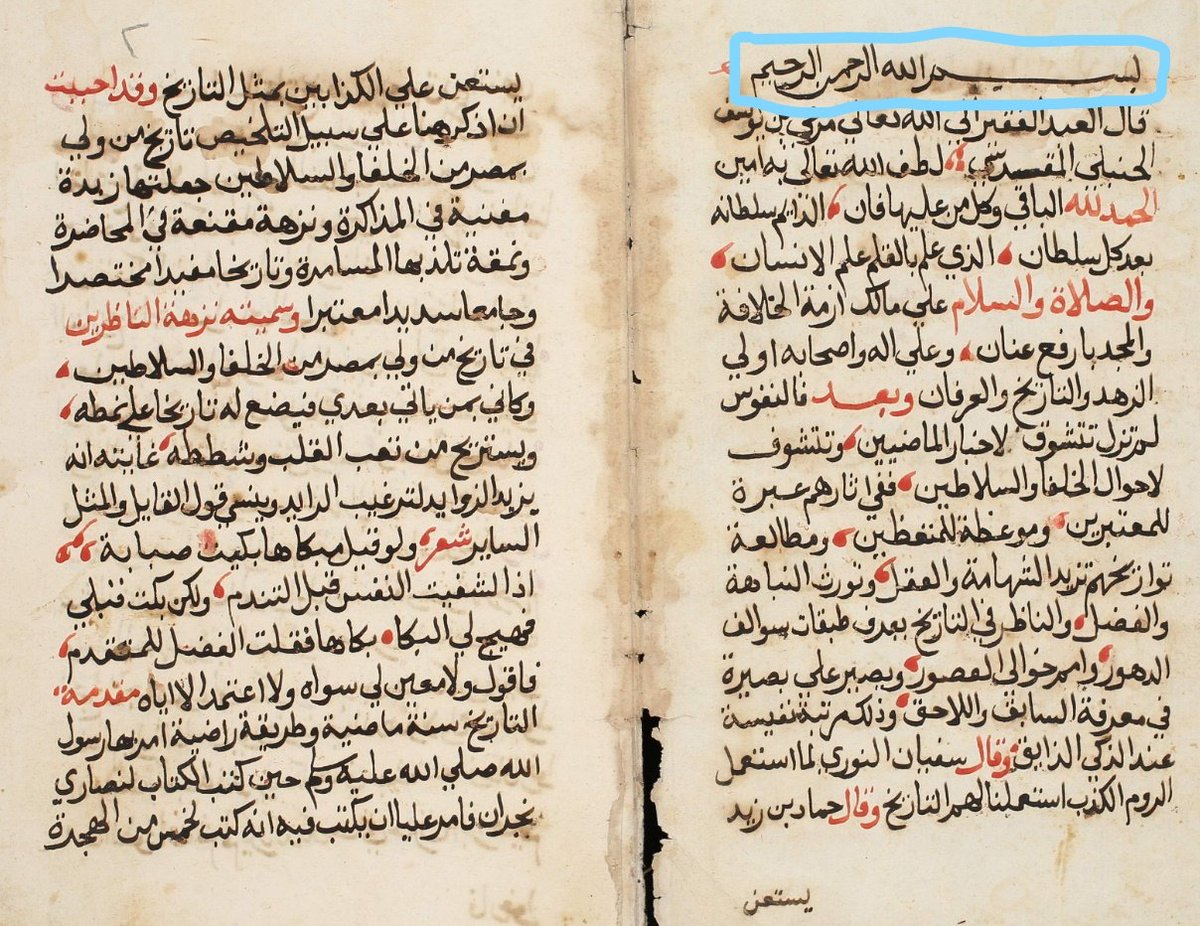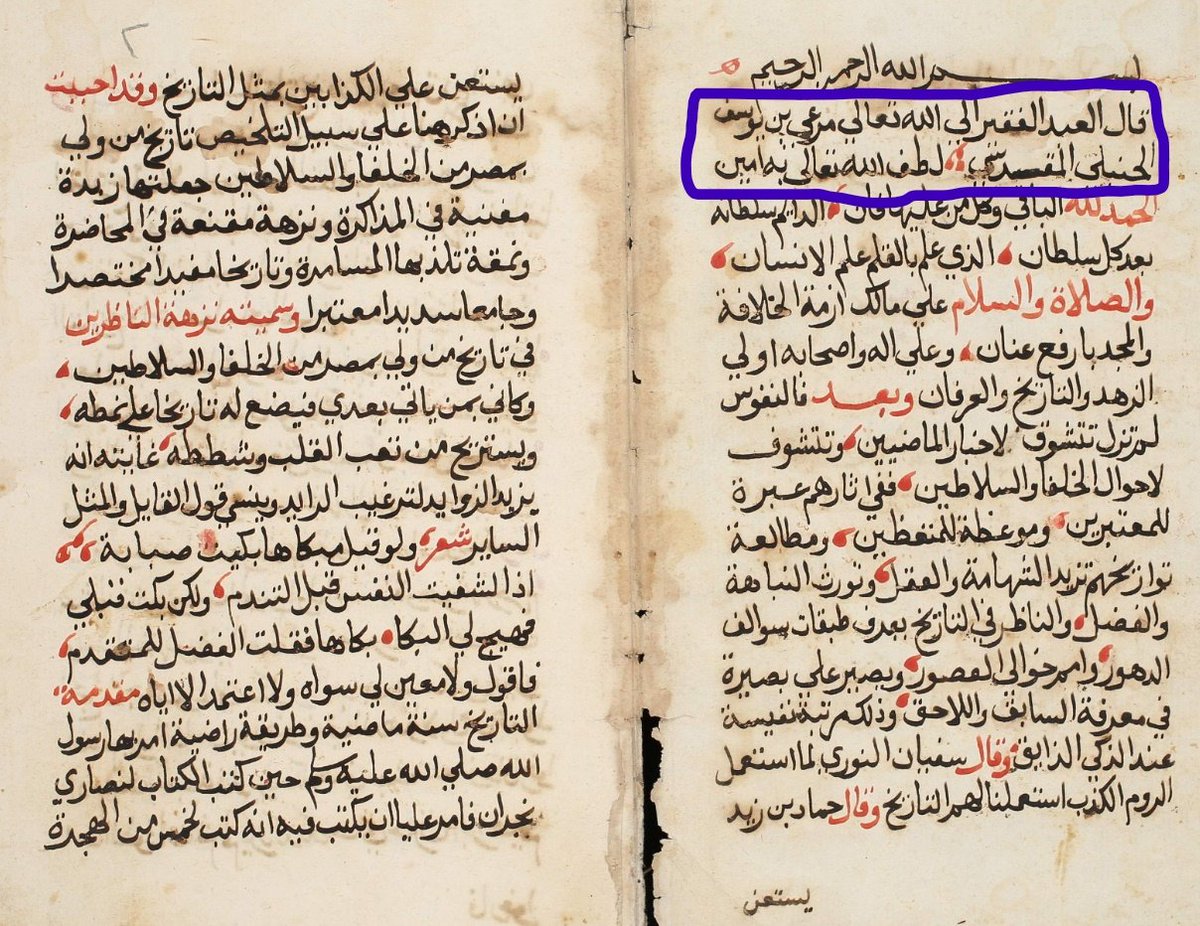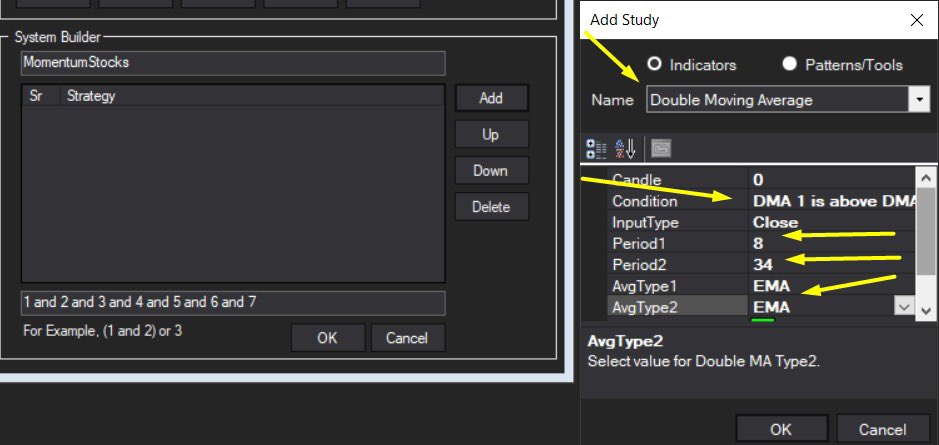
-THREAD- THE DEMETEREAN ARCHETYPE, Goddess of Grain, Nurturer and Mother
Previous threads about archetypes:
-Artemis: https://t.co/aJQbTNLeu5
-Athena: https://t.co/ONWmaojGyn
-Hestia: https://t.co/ize4ZvAv8J
-Hera: https://t.co/kB946w4Uxc



She represents maternal instinct fulfilled through pregnancy or providing physical, psychological or spiritual nourishment to others. This goddess was provider of food (Grain) and spiritual sustenance (through the Eleusinian Mysteries).

On the biological level, she represents the desire to become pregnant and have a baby. Facing an unplanned pregnancy, Demeterean women are the less likely to have an abortion, and, if they have, they will feel grief rather than relief.

Feeding others is a satisfaction for her. She finds nursing her own child tremendously satisfying, and it gives her pleasure to provide meals for family and guests. She is often attracted by countryside life and growing her own food.

Maternal persistence is her attribute. She refuses to give up when the welfare of her children is involved. Many special education classes for handicapped children exist because a Demeter mother fought to get what her child needed.

In mythology, she was the most generous goddess. She gave us agriculture, helped raise Demophoön and provided the Eleusinian Mysteries. Some Demeter women thus provide tangible food and physical care, others give spiritual nourishment.

When Demeter is a strong archetype, she may suffer from "empty nest and emptiness" depression. Then, rather than rage and actively strike out at those she holds responsible (like Hera) she grieves, her life feeling devoid of meaning.

When grieving Demeter stopped functioning in mythology, nothing would grow and famine threatened to destroy humankind. Similarly, the destructive aspect of Demeter is expressed by withholding what another person needs.

She is usually a little mother who cradles baby dolls in her arms, while little Hera prefers Barbie and Ken dolls and little Athena historical dolls. Young Demeter also likes to hold real babies: at 10 she's eager to babysit for her neighbors.

Under the influence of hormones, some teen Demeters start yearning to become pregnant. They are the most likely to welcome the child if they have been coerced into sex at adolescence.

If they don't marry young & go to college, they will probably take courses geared toward preparing them to enter a helping profession.
Her archetype predisposes her to enter the nurturing or helping professions; she is drawn towards "traditionally feminine" jobs such as teaching, social work or nursing. Some Demeter women even become key figures in organizations.

She isn't competitive with other women for men or achievements: any envy, jealousy of other women will concern children. She usually has mixed feelings about feminism: she resents it for devaluing the role of motherhood, but (...)

She attracts men who feel an affinity for maternal women. A true-to-type Demeterean women doesn't do the choosing, but rather responds to a man's need for her. She may even be with a man because she feels sorry for him.

Demeterean women + "son-lover" men, who are sensitive and talented men who feel unappreciated or misunderstood by others. They are immature, self-absorbed boys with a sense of specialness ;
When Demeter is the strongest goddess element in a woman's personality, her sexuality is usually not very important. Those women are either warm, affectionate, feminine persons who would just cuddle instead of making love, or they are (...)
Marriage in itself is not an overriding priority for them as it is for Hera women. Most Demeter women only want to get married in order to form a family; they see marriage as a necessary step and as the best situation to bear and raise children.
She feels a deep need to be a biological mother. She wants to give birth and nurse her own children. She can also be a loving foster mother, adoptive mother or stepmother, but she would feel barren if she cannot have a child of her own.


In another situation, some Demeter mothers always fear that something bad may happen.
The midlife period is very important for her: if she has not had a child, she is preoccupied with her biological clock. Fertility specialists may be consulted, adoption may be considered, as the possibility of becoming single mothers.
In their laters years, Demeterean women often fall into 2 categories:
Many find this phase very rewarding. They are active, busy women who have learned from life and who are appreciated by others for their down-to-earth wisdow and generosity ;


Being incapable to say no;
Unplanned pregnancies;
Infantilizing people;
Overcontrolling people;
Fostering dependancy;
Passive-agressive behavior (stem for the fact that they're being exploited w/o the ability to express it directly);
Depression;
A Demeterean woman must be able to choose when and with whom she will have a baby. She needs to recognize that the Demeter within her has no interest in the realities of her life and no concern for timing.
To recover from depression, the myth of Demeter itself presents two solutions.


-END OF THREAD-
More from Religion
I want to talk about the key textual elements you might find in an Islamic manuscript. I'll focus on this manuscript, roughly 18th century, of an Arabic history of the rulers of Egypt called Nuzhat al-nāẓirīn, by Marʻī al-Karmī (d. 1623/4).
Budeiry Library (Jerusalem) MS 593 -jm

These texts have many elements designed to help the reader understand what they're saying, and choices by the scribe who copied the manuscript often help as well. Let's see what's here. -jm
First, almost every Islamic text begins with the invocation "in the name of God, the compassionate, the merciful." The wording is never changed, and it's always in Arabic, no matter what language the text is, although you might add phrases like "and we ask God for help." -jm

Christians were able to do more experimentation with their invocations, as you can see from the examples here. https://t.co/wEPWRitCWA -jm
After the invocation (basmalah), you might have what this text has, which is an introduction of the author in the form "the poor slave of God [so-and-so] said..." often followed by a quick prayer for the author. -jm

Budeiry Library (Jerusalem) MS 593 -jm

These texts have many elements designed to help the reader understand what they're saying, and choices by the scribe who copied the manuscript often help as well. Let's see what's here. -jm
First, almost every Islamic text begins with the invocation "in the name of God, the compassionate, the merciful." The wording is never changed, and it's always in Arabic, no matter what language the text is, although you might add phrases like "and we ask God for help." -jm

Christians were able to do more experimentation with their invocations, as you can see from the examples here. https://t.co/wEPWRitCWA -jm
These little prayers are fun pic.twitter.com/hJYk2M01bO
— Josh Mugler (@J_mugs) February 16, 2019
After the invocation (basmalah), you might have what this text has, which is an introduction of the author in the form "the poor slave of God [so-and-so] said..." often followed by a quick prayer for the author. -jm

As the Fall of man was a consequence of the pursuit of our own good, this quest intrinsically contains the possibility of our return to The Good. The route back to The Good was only revealed by The Way [Jn. 14:6], so we might say that Christ incarnates to complete the Circle.

Each thing is moved by, implicitly converted or turned back to, its own good by its cause of procession - which is principally God.
"Via est nobis tendendi in Deum." - St. Thomas Aquinas, which is to say that:
Christ, who as a man, is the way of our tending (back) into God.

Ezekiel 10:6 | When the LORD commanded the man in linen, “Take fire from among the wheels, from among the cherubim,” the man went in and stood beside a wheel.
"So I saw the glorious wheel move." - Dante, Paradiso 10.145

As Scripture and Dante see God's providence in circles, so did Boethius and Platonists more
Aquinas with, "Eadem est via qua descenditur et ascenditur." [SCG 4.1.3], brings back Heraclitus to the medievals, "The way up and the way down is the same." [Diels, B60]
The way up and the way down are the same.

Each thing is moved by, implicitly converted or turned back to, its own good by its cause of procession - which is principally God.
"Via est nobis tendendi in Deum." - St. Thomas Aquinas, which is to say that:
Christ, who as a man, is the way of our tending (back) into God.

Ezekiel 10:6 | When the LORD commanded the man in linen, “Take fire from among the wheels, from among the cherubim,” the man went in and stood beside a wheel.
"So I saw the glorious wheel move." - Dante, Paradiso 10.145

As Scripture and Dante see God's providence in circles, so did Boethius and Platonists more
Imagine a set of concentric circles. The inmost one comes closest to the simplicity of the centre, while forming itself a kind of centre around which revolve those which are set outside it. The circle furthest out rotates through a wider orbit.
— \u300e\U0001d622\U0001d633\U0001d633\U0001d636\U0001d634\u300f (@arrus_kacchi) December 26, 2020
Aquinas with, "Eadem est via qua descenditur et ascenditur." [SCG 4.1.3], brings back Heraclitus to the medievals, "The way up and the way down is the same." [Diels, B60]
The way up and the way down are the same.






























